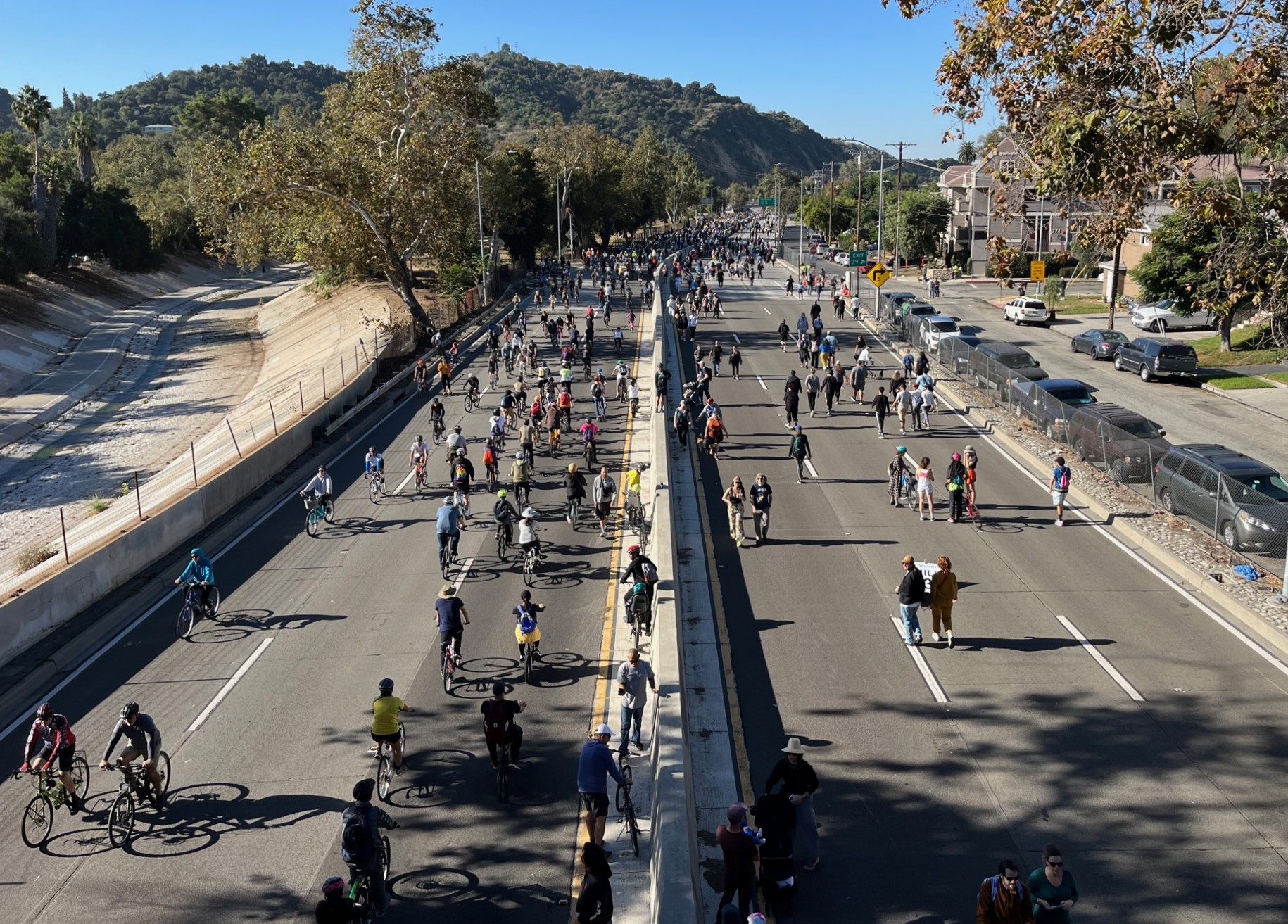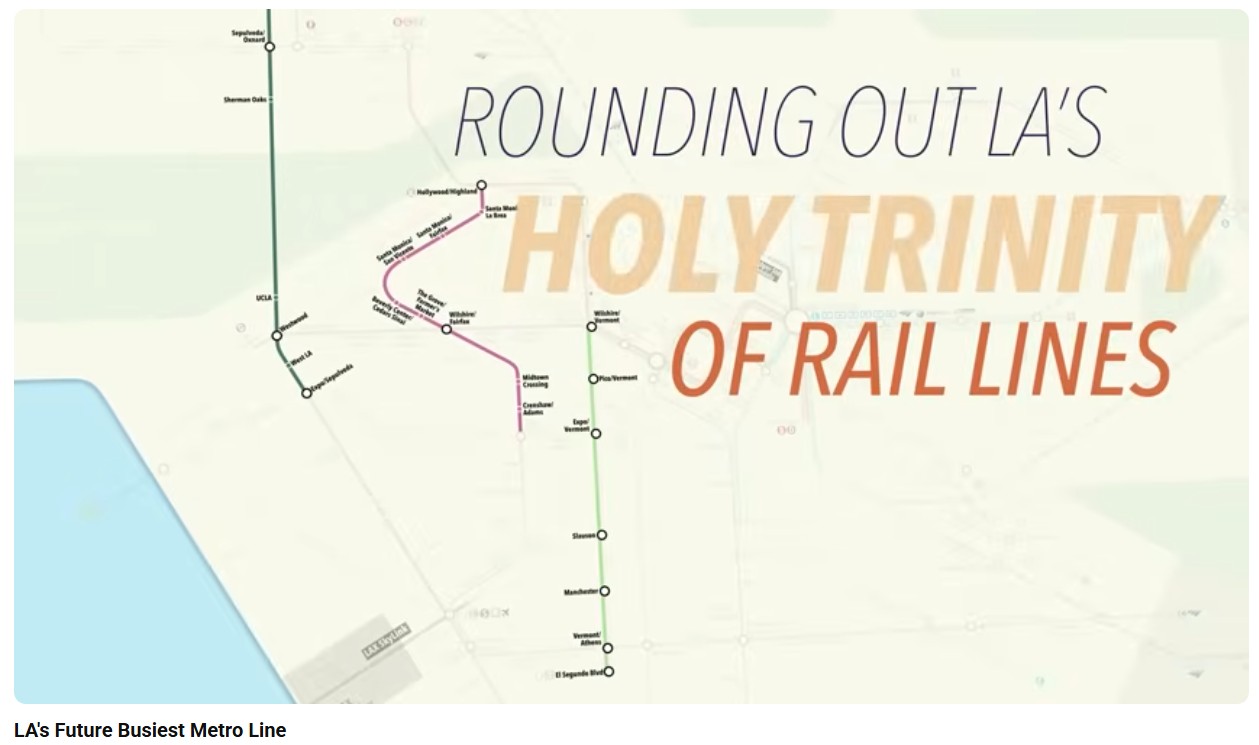
Americans drive fewer miles today than in 2005, but since that time the nation has built 317,000 lane-miles of new roads -- or about 40,000 miles per year. Maybe that helps explain why America's infrastructure is falling apart.
The new data on road construction comes from the Federal Highway Administration and reached our attention via Tony Dutzik at the Frontier Group, which studies trends in driving. In 2005, Americans drove just above a combined 3 trillion miles. Almost a decade later, in 2013, the last year for which data was available, they were driving about 45 billion less annually -- so total driving behavior had declined slightly. Meanwhile, road construction continued as if demand was never higher.
Between 2005 and 2013, states and the federal government poured about $27 billion a year into road expansion. According to FHWA data, road expansion was spread across highways and surface streets fairly uniformly.
That's actually a faster pace than in previous decades, Dutzik points out. For the whole of the 1990s -- when gas was cheap and sprawl development was booming -- the country added, on average, about 17,000 lane-miles a year, less than half the current rate.
This is further evidence that America's "infrastructure crisis" is due in large part to spending choices that favor new construction over maintenance.






